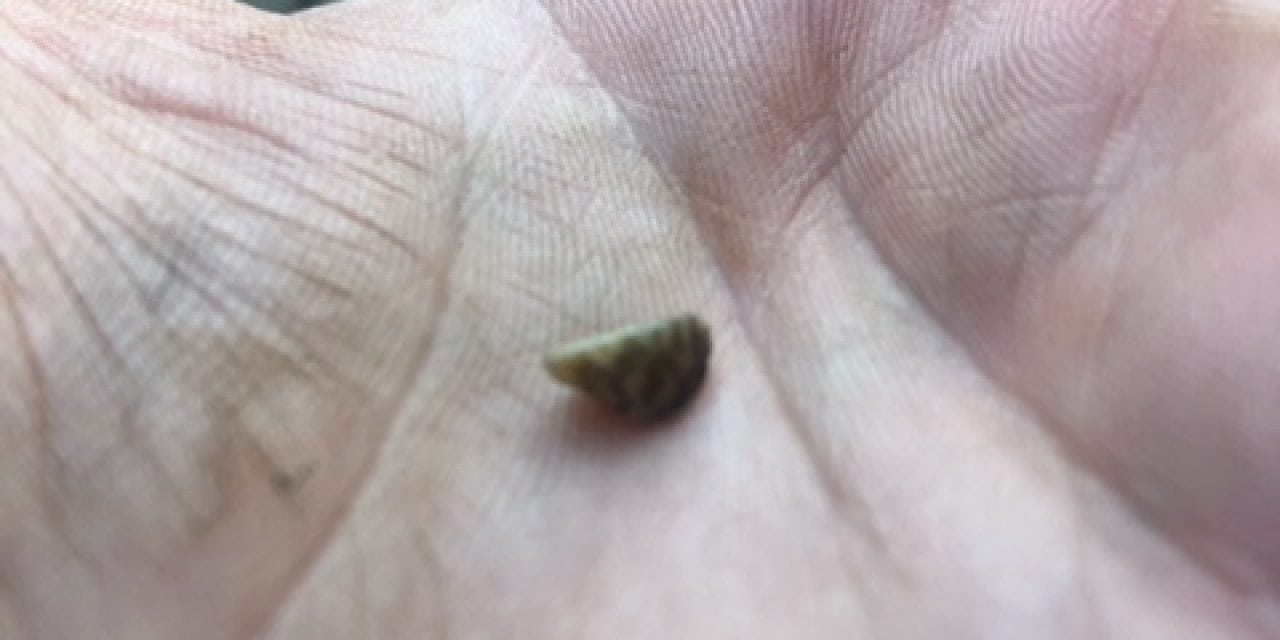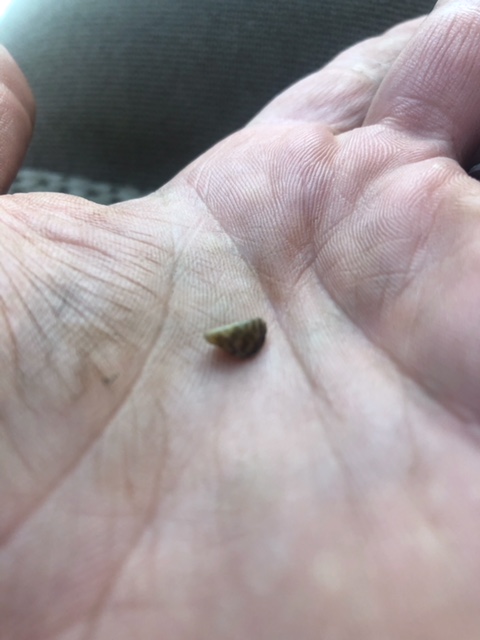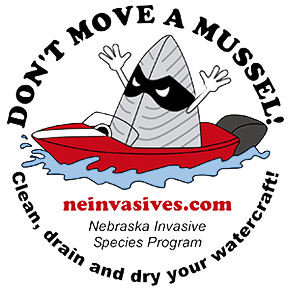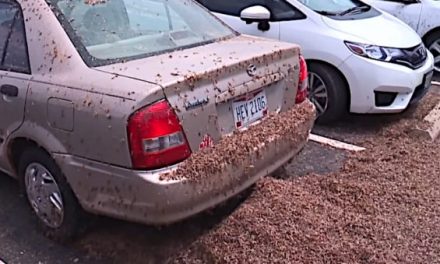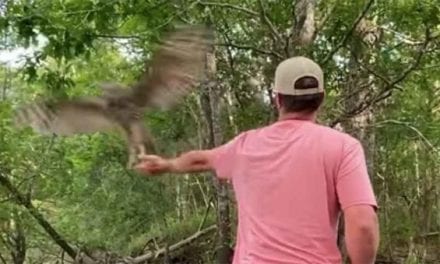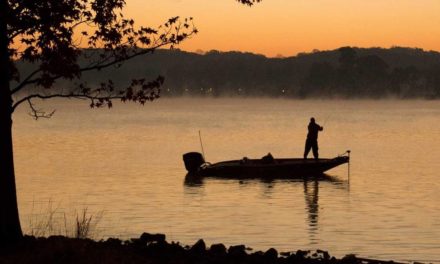Just about a month ago I blogged about suspect zebra mussel larvae being found at Cunningham Reservoir in north Omaha, Meanwhile on the Invasive Species Front. . . . At that time I held out hope that the larvae that had been sampled was some other species of mussels. Nope, the news has gone from bad to worse,
Adult zebra mussels confirmed in Cunningham Lake
August 3, 2018
LINCOLN, Neb. – The presence of adult zebra mussels in Omaha’s Cunningham Lake has been confirmed by the Nebraska Game and Parks Commission. As a result, the lake now is listed as an infested water body.
Microscopic young zebra mussels – or veligers – recently were detected in a water sample collected at Cunningham Lake by Game and Parks. Additional sampling found zebra mussels in various stages of development, including adults.
A zebra mussel is an aquatic invasive species that looks like a D-shaped clam, with alternating light and dark bands. Most zebra mussels are less than an inch long.
“These mussels form dense colonies and filter large amounts of plankton from water, decreasing the food supply for native species,’’ said Daryl Bauer, fisheries outreach program manager with Game and Parks. “Mussels increase water clarity, which expands the growth of unwanted vegetation. Their sharp shells are a hazard in swimming areas, and they clog water intake pipes.”
It is important not to transport any lake or river water, mud, or plant material away from its source as that could transport aquatic invasive species to another water body. Young zebra mussels are too small to see with the naked eye, so they can be transported unintentionally with water in bilges, outboard motors, live wells and bait buckets. Adult zebra mussel can attach to boats, trailers and aquatic vegetation.
There is concern that boats moored along the Missouri River or Cunningham Lake might be moving zebra mussels to other waters if the boats are not properly decontaminated. Boats transporting zebra mussels can be impounded and fined up to $500.
Signs are posted at Cunningham Lake to alert boaters and anglers to follow the Clean, Drain and Dry protocol to prevent the spread of zebra mussels. Visit neinvasives.com for details. There are no effective treatments to control zebra mussels once they have infested a water body other than draining the body to low levels to allow the mussels to dry out or freeze.
The City of Omaha, University of Nebraska Cooperative Fish and Wildlife Unit, the U.S. Army Corps of Engineers and Game and Parks will increase surveillance of boaters and anglers to increase awareness of the infestation. Additionally, the agencies will determine future management action on the area.
For more information about zebra mussels, visit neinvasives.com or read the 2018 Nebraska Fishing Guide. Report any suspected observation of zebra mussels to Game and Parks at 402-471-0641.
The confirmation of adult zebra mussels in Cunningham comes from the discovery of an adult zebra mussel on one of our substrate samplers that has been present in the reservoir for the past several summers.
Yep, that’s it, that one little mussel. But, there is no doubt that is a zebra mussel and if one of those is found on a substrate sampler, it is sure there are a lot more present in that waterbody.
So, immediately what this means is that every recreational user of Cunningham Reservoir needs to make sure they do not knowingly or unknowingly transfer zebra mussels from Cunningham to any other waterbody. No water, let me repeat, NO WATER should leave Cunningham Reservoir! No water in buckets, no water in livewells, no water in boat motors, no water in boats, no water in trailers, no water, period. All water from Cunningham Reservoir should be treated as if it is infested with zebra mussels!
I know that Cunningham has some sailboat users and that those sailboats spend some time moored at docks there. Those sailboats should NOT be taken from Cunningham to any other waterbody without thorough decontamination of the entire boat. Power-washing of the sailboat should be done with hot water, and every inch should be inspected. CLEAN, DRAIN, and DRY protocol should be followed for all boats, on every body of water, all the time!
Long-term, I cannot tell you what will be done at Cunningham. Zebra mussels are present in the Missouri River from Lewis & Clark Reservoir on downstream and obviously the scale of the infestation there is such that not a whole lot can be done. On the smaller scale of a 390-acre reservoir, we may be able to do something about it, but I cannot say what that might be at this time. We at the Nebraska Game & Parks Commission will put our heads together with the City of Omaha and the U.S. Army Corps of Engineers and see where we will go from here. “Stay tuned”.
I know that some of you reading this get tired of hearing about zebra mussels and invasive species. Sorry, but this is one of the major threats if not THE major threat to our fisheries in Nebraska and around the country. Unfortunately, you can count on me mentioning this in my blog frequently.
Over time, I also hear more and more fatalistic and cavalier attitudes about invasive species; even hear from some folks who suggest, threaten, that certain invasive species intentionally should be moved to new bodies of water. Yes, I know it seems to be a lost cause, and yes, I know that the ecological changes that occur following invasive species invasions may benefit some angler’s favorite fish. However, I can think of no attitudes more disrespectful or irresponsible when it comes to the health of our aquatic ecosystems, our fisheries, and MY FISHING! So, you can expect that I will continue to “harp” on this subject, and it will continue to “push my buttons”.
WE ALL HAVE TO DO OUR PART!
The post Cunningham Zebras appeared first on NEBRASKALand Magazine.

